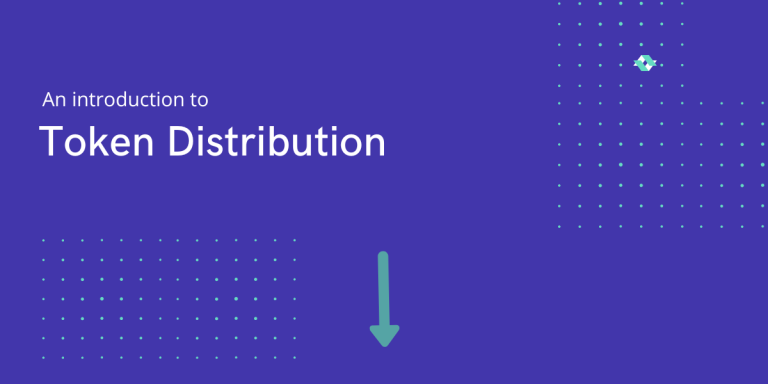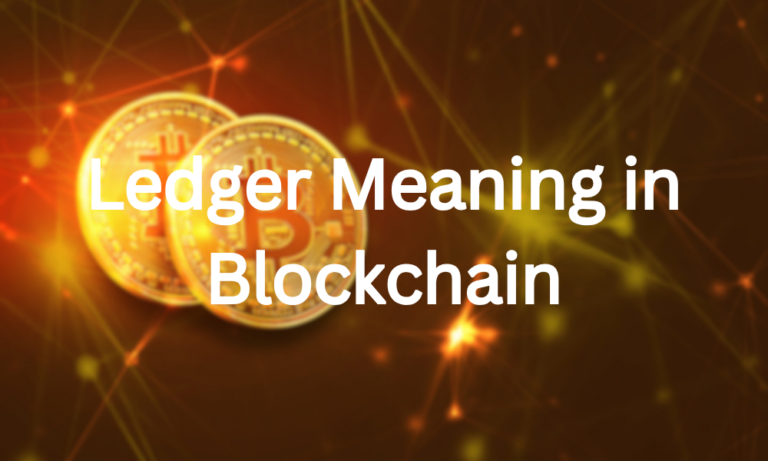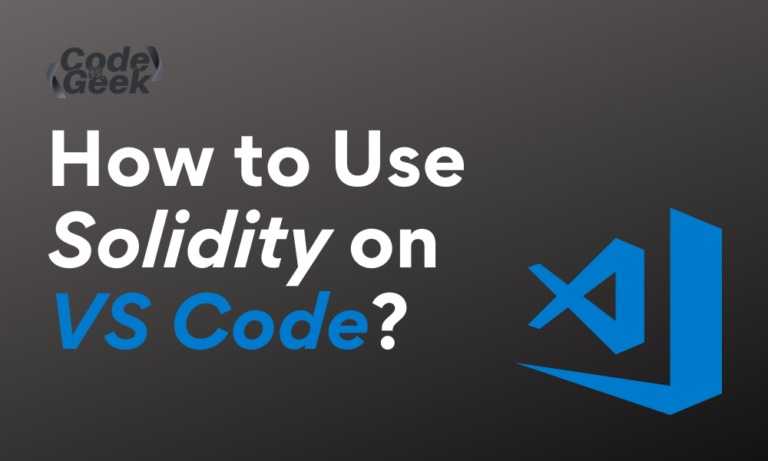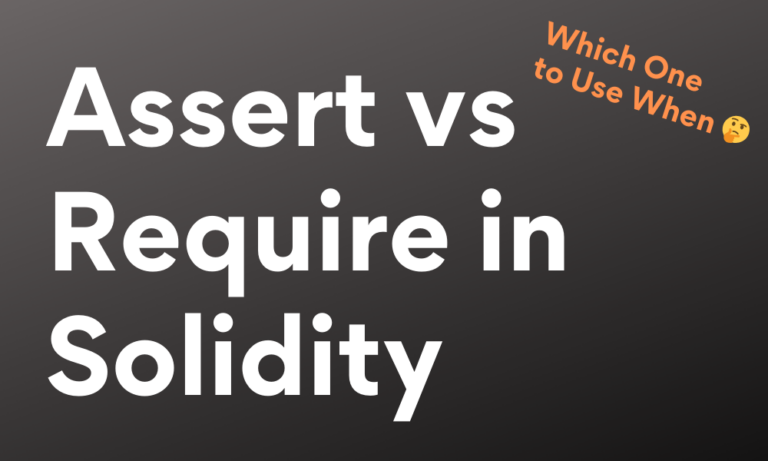Tokens are the essential elements of a cryptocurrency. Tokens are created and distributed to the public through a process known as an Initial Coin Offering (ICO). This article will explore what an ICO is, how it works, and how token distribution impacts your business.
What is Token Distribution?
Token distribution refers to the process by which tokens are created and distributed to participants in a blockchain network. Token distribution typically happens during a blockchain project’s initial coin offering (ICO), when tokens are sold to early investors in exchange for funding.
A token distribution can be done in a number of ways:
- Distribution through an ICO
- Distribution through mining
- Distribution through an Airdrop
The distribution may be done in a variety of ways, depending on the specific blockchain protocol. In some cases, tokens are distributed to the participants who provide resources, such as computing power, to the network. In other cases, tokens may be distributed through a process of initial coin offerings (ICOs), in which case the participants receive tokens in exchange for fiat currency or cryptocurrency.
What is the Purpose of Token Distribution?
Token distribution is a key part of the token sale process, which is the process of issuing and selling tokens to investors. The goal of token distribution is to raise funds for the development of a project.
The goal of token distribution is to raise funds for the development of a project. Often, this means that tokens are offered for sale at a discount or bonus, in order to incentivize investors and early adopters to buy them.
How to Structure a Token Sale that Piques Investor Interests
There are a lot of factors to consider when you’re planning to hold a token sale. This includes what kind of token you’re selling, the price of the token, how you’re going to market your token sale and more.
However, one of the most important factors that you need to consider is how you’re going to structure your token sale. The structure of your token sale will determine how much money you can raise and how attractive your token sale is to potential investors.
1. Set a hard cap for your token sale
The first thing you need to do when you’re planning to hold a token sale is to set a hard cap for your token sale. A hard cap is the maximum amount of money that you’re willing to raise during your token sale. Setting a hard cap will ensure that you don’t oversell your tokens and that you don’t end up raising more money than you need. It’s also important to set a hard cap because it will give potential investors a sense of confidence in your project. If they see that you’re not planning to raise an unlimited amount of money, they’ll be more likely to invest in your project.
2. Decide how many tokens you’re going to sell
Once you’ve set a hard cap for your token sale, you need to decide how many tokens you’re going to sell. This is important because you need to make sure that you don’t sell more tokens than you have. You also need to decide how many tokens you’re going to sell because it will affect the price of your token. If you sell too many tokens, the price of your token will go down. On the other hand, if you sell too few tokens, the price of your token will go up.
3. Set a price for your tokens
After you’ve decided how many tokens you’re going to sell, you need to set a price for your tokens. The price of your tokens should be based on the value of your project. If your project is worth more, you can charge more for your tokens. It’s also important to set a price for your tokens because it will affect how much money you can raise. If you charge too much for your tokens, you might not be able to sell all of your tokens. On the other hand, if you charge too little for your tokens, you might end up selling more tokens than you have.
4. Offer bonuses for early investors
One way to entice potential investors to invest in your project is to offer bonuses for early investors. You can offer bonuses in the form of discounts on the price of your tokens. For example, you can offer a 20% discount for investors who invest in your project during the first week of your token sale. Offering bonuses for early investors will not only help you raise more money, but it will also help you build a community of supporters for your project.
5. Create a vesting schedule for your team
Another way to ensure that your team is aligned with the success of your project is to create a vesting schedule for your team. A vesting schedule is a schedule that specifies when your team members will be able to sell their tokens. For example, you can create a vesting schedule that allows your team members to sell their tokens after your project has been live for 6 months. This will ensure that your team members are committed to your project and that they won’t sell their tokens as soon as your project launches.
6. Make sure your token is compliant with the blockchain
Lastly, you need to make sure that your token is compliant with the blockchain. This is important because you don’t want your token to be rejected by the blockchain. If your token is not compliant with the blockchain, it will be rejected and your token sale will be unsuccessful.
Get started with your first token distribution
There are a lot of factors to consider when you’re planning to hold a token distribution or sale. However, one of the most important factors is the structure of your token distribution. The structure of your token distribution will determine how much money you can raise and how attractive your token sale is to potential investors. In this article, we’ve discussed some of the details of token distribution from a beginner’s perspective.





